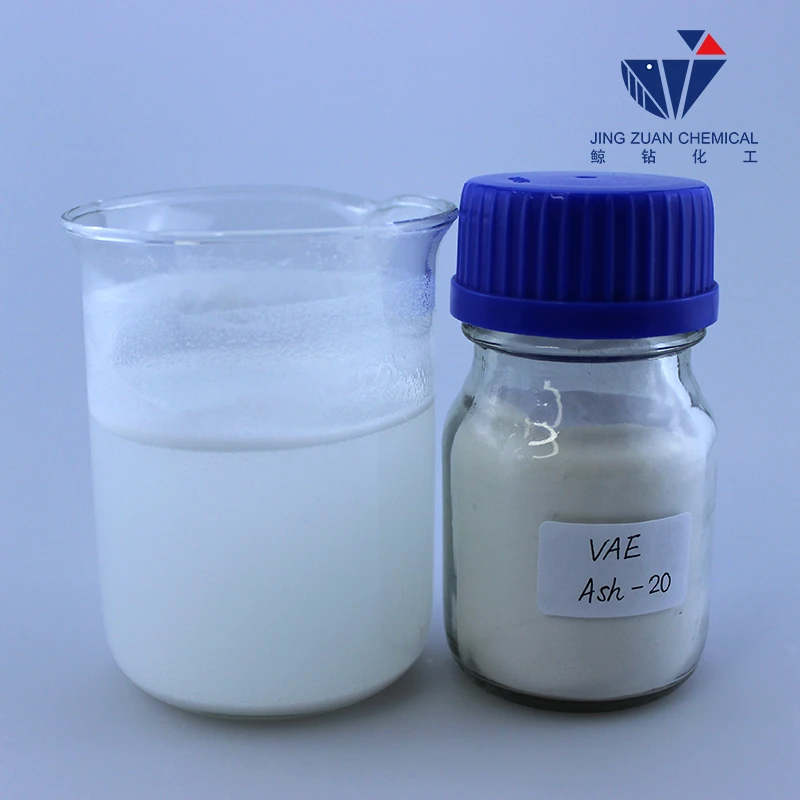
Dec . 24, 2024 06:07 Back to list
Understanding HEC Cellulose Applications and Benefits in Various Industries
HEC Cellulose A Versatile Polymer with Diverse Applications
Hydroxyethyl cellulose (HEC) is a water-soluble derivative of cellulose that has gained significant attention in both industrial and consumer applications due to its unique properties. As a biodegradable polymer, HEC possesses biocompatibility and offers a sustainable alternative to synthetic polymers. In this article, we will explore the structure, properties, and various applications of HEC cellulose.
Structure and Properties of HEC
HEC is derived from natural cellulose through a chemical modification process, where hydroxyethyl groups are introduced to the cellulose backbone. This modification imparts unique characteristics to HEC, including exceptional solubility in water and the ability to form stable colloidal dispersions. HEC is also non-ionic, which makes it compatible with a wide range of formulations without interacting with other ionic species.
One of the most notable properties of HEC is its high viscosity, which can be modified by varying the degree of substitution and molecular weight. This viscosity-enhancing property makes HEC an ideal thickening agent in numerous applications. Additionally, HEC exhibits excellent film-forming capabilities, creating flexible and durable films upon drying. Its thermal stability, non-toxicity, and resistance to microbial growth further contribute to its attractiveness in various fields.
Applications of HEC Cellulose
1. Cosmetics and Personal Care Products HEC is widely used in the cosmetic industry as a thickener and stabilizer in lotions, creams, shampoos, and gels. Its ability to improve the texture and consistency of formulations enhances the user experience. HEC's excellent moisture retention properties also make it beneficial in skin-care products, helping to keep the skin hydrated.
hec cellulose

2. Pharmaceuticals In the pharmaceutical sector, HEC serves as a binder and film-forming agent in tablet formulations. It aids in controlled drug release and improves the stability of active pharmaceutical ingredients (APIs). Furthermore, HEC is utilized in topical formulations, providing a soothing texture while effectively delivering medications to the skin.
3. Construction Industry HEC plays a crucial role in construction applications, where it is used as an additive in cementitious materials, paints, and coatings. Its thickening and binding properties enhance workability, adhesion, and water retention in mortar and plaster, thereby improving the overall performance of building materials.
4. Food Industry HEC is recognized as a food additive (E465) and is employed as a thickening agent, stabilizer, and emulsifier in various food products. It can improve the texture and consistency of sauces, dressings, and dairy products while maintaining overall product quality and stability.
5. Textiles and Paper In the textile industry, HEC is used in sizing, finishing, and dyeing processes to improve fabric quality. It enhances the water repellency and durability of textiles while maintaining their softness. In paper production, HEC acts as a retention aid, improving the retention of fibers and fillers during the papermaking process.
Conclusion
As an eco-friendly and versatile polymer, HEC cellulose has established itself as an essential material across multiple industries. Its unique properties, such as solubility, viscosity, and film formation, make it an ideal candidate for various applications, from cosmetics to pharmaceuticals and construction materials. With the growing emphasis on sustainability and environmental safety, the demand for natural and biodegradable polymers like HEC is likely to increase. As research continues to advance within this field, we can anticipate even more innovative usage of HEC cellulose, contributing to the development of new products and technologies that align with ecological principles.
-
Versatile Hpmc Uses in Different Industries
NewsJun.19,2025
-
Redispersible Powder's Role in Enhancing Durability of Construction Products
NewsJun.19,2025
-
Hydroxyethyl Cellulose Applications Driving Green Industrial Processes
NewsJun.19,2025
-
Exploring Different Redispersible Polymer Powder
NewsJun.19,2025
-
Choosing the Right Mortar Bonding Agent
NewsJun.19,2025
-
Applications and Significance of China Hpmc in Modern Industries
NewsJun.19,2025







